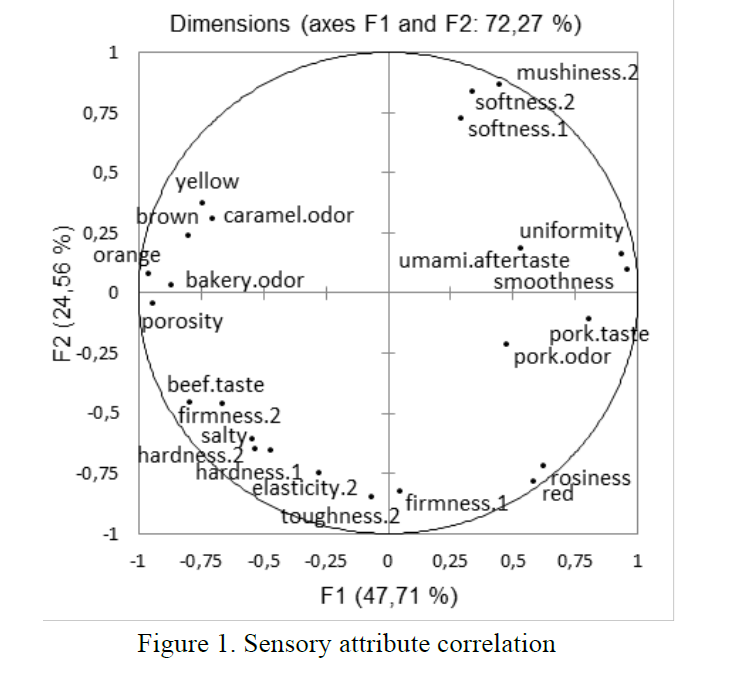
Substitution of peanut protein for soy protein as a non-meat binder in emulsion-type sausage production
- Food Technology Department, Ho Chi Minh City University of Technology, Vietnam National University System - Ho Chi Minh City (VNU HCM)
- VINABOMI-BINH AN Flour Joint Stock Company (VINABOMI JSC)
- COLUSA - MILIKET Foodstuff Joint Stock Company (CMN)
Abstract
In this study, peanut protein concentrate (PPC) was substituted for soy protein concentrate (SPC) in Vietnam emulsion-type sausage manufacture. Peanut protein concentrates yielded from the conventional and the combined ultrasonic and enzymatic extraction were used in the preparation of sausage samples PPC1 and PPC2, respectively. Soy protein concentrate was used in the sausage sample SPC as a control. Ten sausage samples including PPC1, PPC2, SPC and seven commercial samples in which soy protein (SP) was used were tested in three experiments. Instrumental Texture Profile Analysis (TPA), Flash Profile, and 9- point hedonic scale were conducted to observe sample differences. The instrumental TPA results indicated that PPC1 and PPC2 were insignificantly different from the control and one of the SP-added samples for hardness, springiness, and adhesiveness; but significantly for cohesiveness. In the first two sensory dimensions, assessors discriminated samples into three distinct directions in which PPC1 and PPC2 were positioned closely to SPC and two commercial SP-added sausages. Preference map further showed the same percentage of satisfied consumers - clustered with partial least square (PLS) regression - toward PPC1, PPC2, SPC, and the two commercial SP-added sausages. In general, the results proposed the potential use of PPC as a substitute for SP in Vietnam emulsion-type sausage production.

